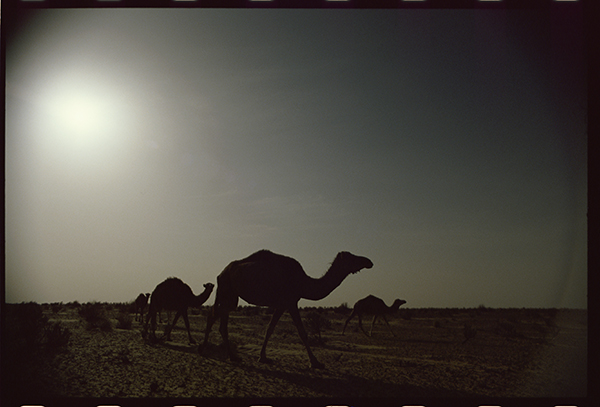I spent the day with David Cornwell, invited to his cottage retreat on the Cornish coast. He was very gracious and charming as one would expect. He presented as a typical middle class, white, Oxford educated elitist, the personification of the British exceptionalism cliche and a glimpse of a hidden world accessible to only a few who know the rules. Even as a white man (but clearly of a lower class) I am confronted by this passive aggressive stereotype that reminds one of one's place. Impenetrable superiority is engrained in the privileged like an inherited disease and irrespective of how delightfully eccentric, it carries the legacy of empire, the mythology of the benevolent white overseer as a right and the very thing that infected the British Intelligence Service to its core. I notice this in my father's generation, a tolerance of others, a politeness barely masking a sense of unshakable entitlement.
What separates Cornwell is the recognition of these traits in himself, he is self-observant and betrays not his country but his class. The ultimate betrayal to pull back the Wizard's curtain. His gift of self-awareness and an awareness of the world he inhabited exposed to public view the ease in which the British intelligence service could be infiltrated by those who recognised hubris and this elevates him from the pap espionage writer.
He is a character in his own novels in this respect, it felt to me that I was in the company of someone that had got away with something, exiled to a remote cliff top house arrest and he played on that. The less said the better in creating an air of mystery. As the photographer I sensed he had laid out a series of visual clues to a fictitious alter ego as he showed me round his gardens and I found myself looking for clues that might betray his true allegiance, maybe as a radical Marxist traitor and conveniently my fantasy is obliged with a large, prominent socialist realist statue of a boy struggling to hold a flag pole in a strong wind. There is no pattern on the flag but I assume it is red. The perfect spy hides in plain sight I thought.
It is only fiction writers that are responsible for the romanticism that surrounds the security services. It is obstensively a bureaucratic organisation, the blandness of a civil service department where one daren't even wear colourful socks, re-invented as intrigue. The air of mystery and excitement relies on the silence, the true betrayal of the whistle blower is to expose this incredibly dull world behind the glamorous or intriguing facade of Bond and Smiley.
I don't think I am betraying any national security protocols when I share that I have had a MI5 officer sitting on my toilet patiently with his cheap briefcase on his lap as I fucked a member of her majesty's armed forces in the other room. "Don't try to leave" he said with unconvincing menace. I didn't share this anecdote with John.
Cornwell personally knew the truly dangerous homosexual traitors that infiltrated the very top of the security services. One can empathise with those dazzling queers surrounded by a sea of mediocrity that is the heteronormative state. Homosexuals then would make excellent spies, it was expected and we were used to hiding our true nature.
Adam Sisman remarks, “only can he make the wildest nonsense about himself credible (reportedly he enjoyed “playing” on his first wife’s suspicion that he was homosexual), he has encouraged others to add to it. “I’m a liar.”, he says. “Born to lying, bred to it, trained to it by an industry that lies for a living.”










